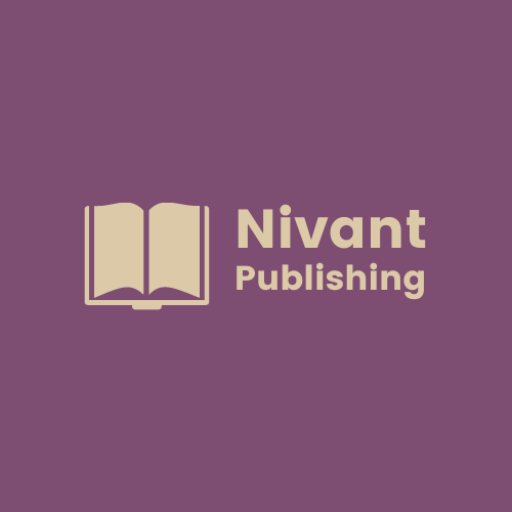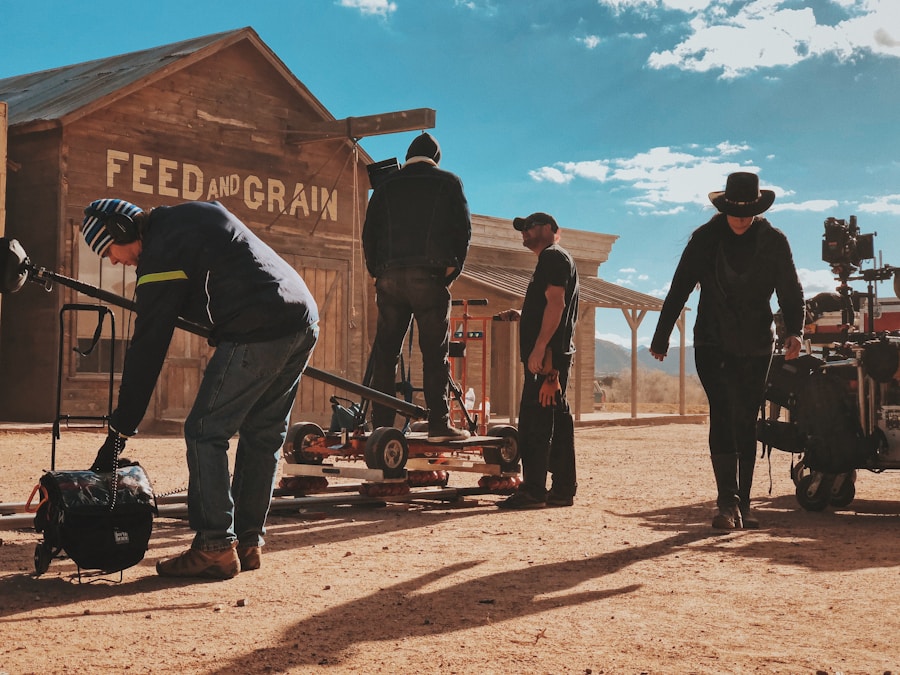The transition from novel to film is a complex and multifaceted journey that involves a careful balance of creativity, interpretation, and technical execution. At its core, this process begins with the selection of a literary work that possesses the potential for visual storytelling. Filmmakers often seek out novels that have rich narratives, compelling characters, and themes that resonate with audiences.
The initial step involves acquiring the rights to adapt the book, which can be a lengthy negotiation process between authors, publishers, and production companies. Once the rights are secured, the real work begins as screenwriters embark on the task of distilling the essence of the novel into a screenplay. This adaptation process is not merely about transcribing text into dialogue; it requires a deep understanding of the source material.
Screenwriters must identify the core themes and pivotal moments that define the story while also considering the constraints and opportunities presented by the cinematic medium. This often involves making difficult decisions about which elements to retain, alter, or omit entirely. For instance, in adapting J.K. Rowling’s “Harry Potter” series, filmmakers faced the challenge of condensing lengthy narratives into manageable runtimes while ensuring that key plot points and character arcs remained intact. The result is a collaborative effort that transforms a solitary reading experience into a shared visual spectacle.
The Art of Transforming Words into Images: Exploring Book-to-Film Adaptations
Transforming written words into visual images is an art form that requires not only technical skill but also a profound appreciation for storytelling. Filmmakers must consider how to convey emotions, settings, and character dynamics through visual means rather than relying solely on narrative exposition. This often involves creative choices regarding cinematography, set design, and costume design, all of which contribute to the overall atmosphere of the film.
For example, in the adaptation of “The Great Gatsby,” director Baz Luhrmann employed vibrant colors and extravagant visuals to capture the opulence of the Roaring Twenties, enhancing the thematic depth of F. Scott Fitzgerald’s work. Moreover, sound design and music play crucial roles in this transformation.
A well-chosen score can evoke emotions that words alone may struggle to convey. In adaptations like “The Lord of the Rings,” Howard Shore’s sweeping orchestral compositions not only complement the visual grandeur but also deepen the audience’s connection to the characters and their journeys. Thus, the art of adaptation extends beyond mere translation; it is about reimagining a story in a way that resonates with both existing fans and new audiences alike.
Challenges and Opportunities: Navigating the Journey from Novel to Film
The journey from novel to film is fraught with challenges that can test even the most seasoned filmmakers. One significant hurdle is the inherent difference between literature and cinema as storytelling mediums.
Novels often delve into characters’ internal thoughts and emotions, providing readers with insights that can be difficult to translate visually.
This necessitates innovative approaches to character development in film adaptations. For instance, in “To Kill a Mockingbird,” director Robert Mulligan had to rely on visual cues and actors’ performances to convey Scout Finch’s inner thoughts, as opposed to simply narrating them as Harper Lee did in her novel. Additionally, there is always the risk of alienating fans of the original work.
Changes made for cinematic purposes can lead to backlash if they are perceived as undermining the source material. The adaptation of “Percy Jackson & The Olympians” serves as a cautionary tale; many fans were disappointed by significant deviations from Rick Riordan’s beloved series, resulting in a lackluster reception for the films. However, these challenges also present opportunities for filmmakers to innovate and reinterpret stories in ways that can breathe new life into familiar narratives.
The Role of Screenwriters and Directors in Adapting Books for the Big Screen
Screenwriters and directors play pivotal roles in shaping how a novel is transformed into a film. The screenwriter’s task is to create a screenplay that captures the essence of the original work while making it suitable for cinematic storytelling. This often involves reimagining dialogue, restructuring scenes, and sometimes even creating new content that aligns with the narrative’s themes.
For example, in adapting “The Shining,” screenwriter Stanley Kubrick made significant changes to Stephen King’s original plot, resulting in a film that diverged from its source material yet became a classic in its own right. Directors further influence this adaptation process by bringing their unique vision to the project. Their interpretation can significantly affect how characters are portrayed and how themes are explored on screen.
A director’s style can shape everything from pacing to visual aesthetics, ultimately determining how audiences engage with the story. In adaptations like “Pride and Prejudice,” director Joe Wright’s emphasis on lush cinematography and intimate character moments helped create a romantic atmosphere that resonated with viewers while remaining true to Jane Austen’s spirit.
From Character Development to Visual Storytelling: Examining the Evolution of Book Adaptations
Character development is a crucial aspect of both literature and film, yet it often requires different approaches in adaptations. In novels, authors have the luxury of exploring characters’ thoughts and motivations in depth, allowing readers to form intimate connections with them. In contrast, films must rely on visual storytelling techniques to convey these same complexities within a limited timeframe.
This evolution can lead to innovative portrayals of characters that may differ from their literary counterparts. For instance, in adapting “The Fault in Our Stars,” filmmakers faced the challenge of translating Hazel Grace Lancaster’s internal struggles into visual representations.
By focusing on her interactions with other characters and employing poignant cinematography, they successfully captured her emotional journey without relying heavily on voiceover narration.
This evolution highlights how adaptations can breathe new life into characters by presenting them through different lenses while still honoring their original essence.
The Impact of Book Adaptations on Literature and Cinema
Book adaptations have a profound impact on both literature and cinema, influencing trends in storytelling and audience engagement. Successful adaptations can reignite interest in original literary works, leading to increased book sales and renewed appreciation for authors’ contributions. For example, the adaptation of “The Hunger Games” series not only propelled Suzanne Collins’ novels back onto bestseller lists but also sparked discussions about themes such as dystopia and societal inequality.
Conversely, adaptations can also shape cinematic trends by introducing new genres or styles to mainstream audiences. The rise of young adult adaptations in recent years has transformed Hollywood’s landscape, leading to an influx of films targeting younger demographics. This phenomenon has encouraged studios to invest in diverse narratives that resonate with contemporary issues while appealing to broader audiences.
As such, book adaptations serve as a bridge between literature and cinema, fostering a dynamic exchange that enriches both mediums.
Success Stories and Pitfalls: Analyzing the Journey from Novel to Film Adaptations
The journey from novel to film is marked by both success stories and notable pitfalls that highlight the complexities of adaptation. Successful adaptations often strike a delicate balance between remaining faithful to the source material while also embracing creative liberties that enhance cinematic storytelling. Films like “The Shawshank Redemption,” adapted from Stephen King’s novella “Rita Hayworth and Shawshank Redemption,” exemplify this success; they capture the essence of hope and friendship while crafting a visually compelling narrative that resonates with audiences.
On the other hand, adaptations that fail to connect with viewers often do so due to misalignment between creative vision and audience expectations. The adaptation of “Eragon,” based on Christopher Paolini’s popular fantasy novel, faced criticism for its lackluster execution and deviation from key plot points. Such pitfalls serve as reminders that while adaptations can offer fresh perspectives on beloved stories, they must also navigate the expectations of fans who hold deep attachments to their literary counterparts.
Ultimately, the journey from novel to film remains an intricate dance between fidelity and innovation, shaping how stories are told across different mediums.
FAQs
What is the process of adapting a book into a film?
The process of adapting a book into a film involves several stages, including acquiring the rights to the book, writing a screenplay, casting actors, filming, and post-production. It requires careful consideration of how to translate the story, characters, and themes from the page to the screen while maintaining the essence of the original work.
What are the challenges and opportunities in adapting a book into a film?
Adapting a book into a film presents challenges such as condensing a lengthy narrative into a two-hour movie, capturing the essence of the characters, and staying true to the original story while making it visually engaging. However, it also offers opportunities to bring a beloved story to a wider audience, explore visual storytelling, and introduce new interpretations of the source material.
What is the role of screenwriters and directors in the adaptation process?
Screenwriters play a crucial role in adapting a book into a screenplay by distilling the essence of the story, characters, and themes into a visual and narrative format. Directors then take the screenplay and bring it to life on screen, making creative decisions about casting, visual style, and overall storytelling.
How do book adaptations impact literature and cinema?
Book adaptations can impact literature by bringing attention to the original work, introducing new readers to the book, and sparking discussions about the differences between the two mediums. In cinema, book adaptations can attract audiences, provide source material for filmmakers, and contribute to the diversity of film genres.
What are some success stories and pitfalls in the journey from novel to film adaptations?
Success stories in book-to-film adaptations include faithful renditions of the source material that resonate with audiences and critics, while pitfalls can include diverging too far from the original story, disappointing fans, or failing to capture the essence of the book. Each adaptation presents its own unique challenges and opportunities.






0 Comments